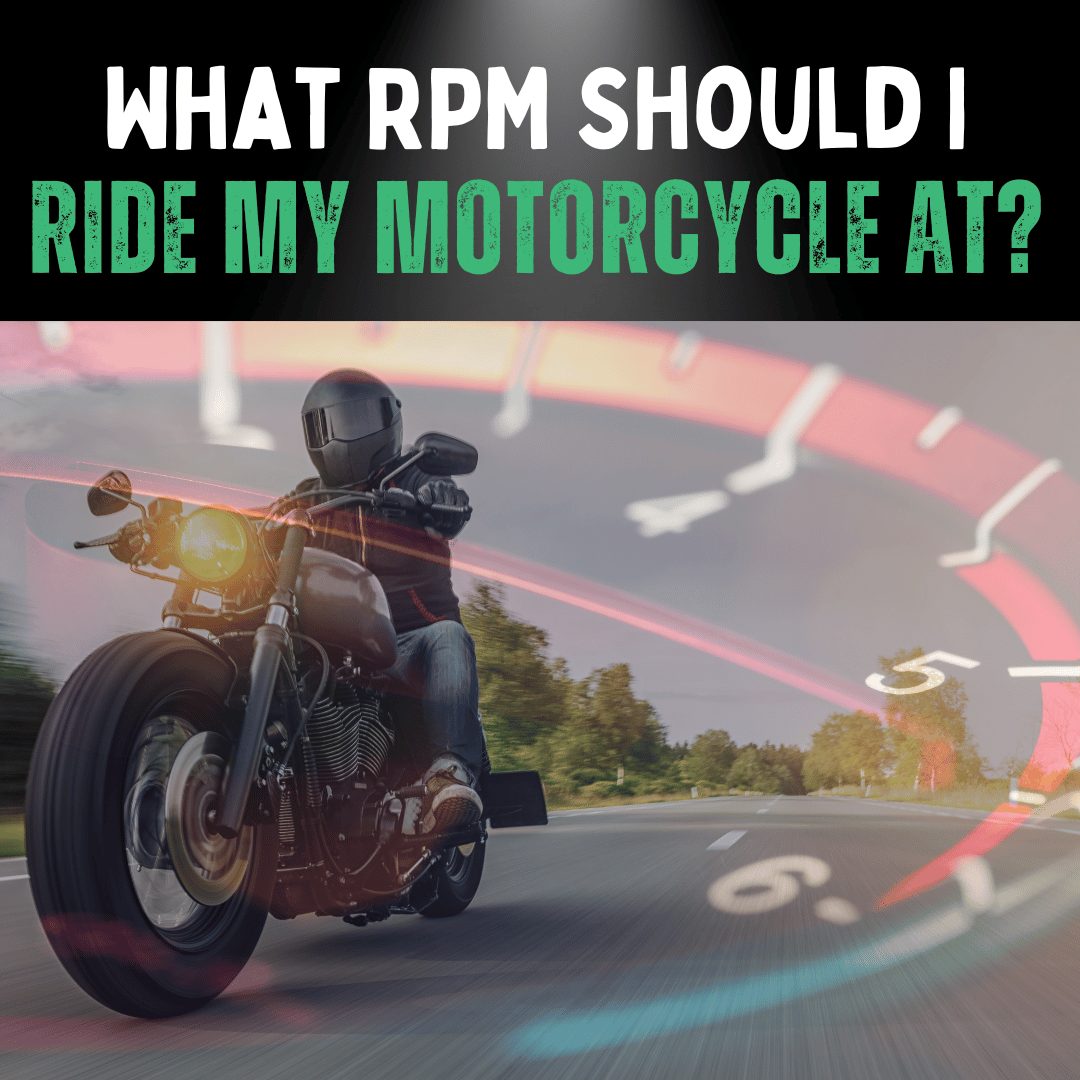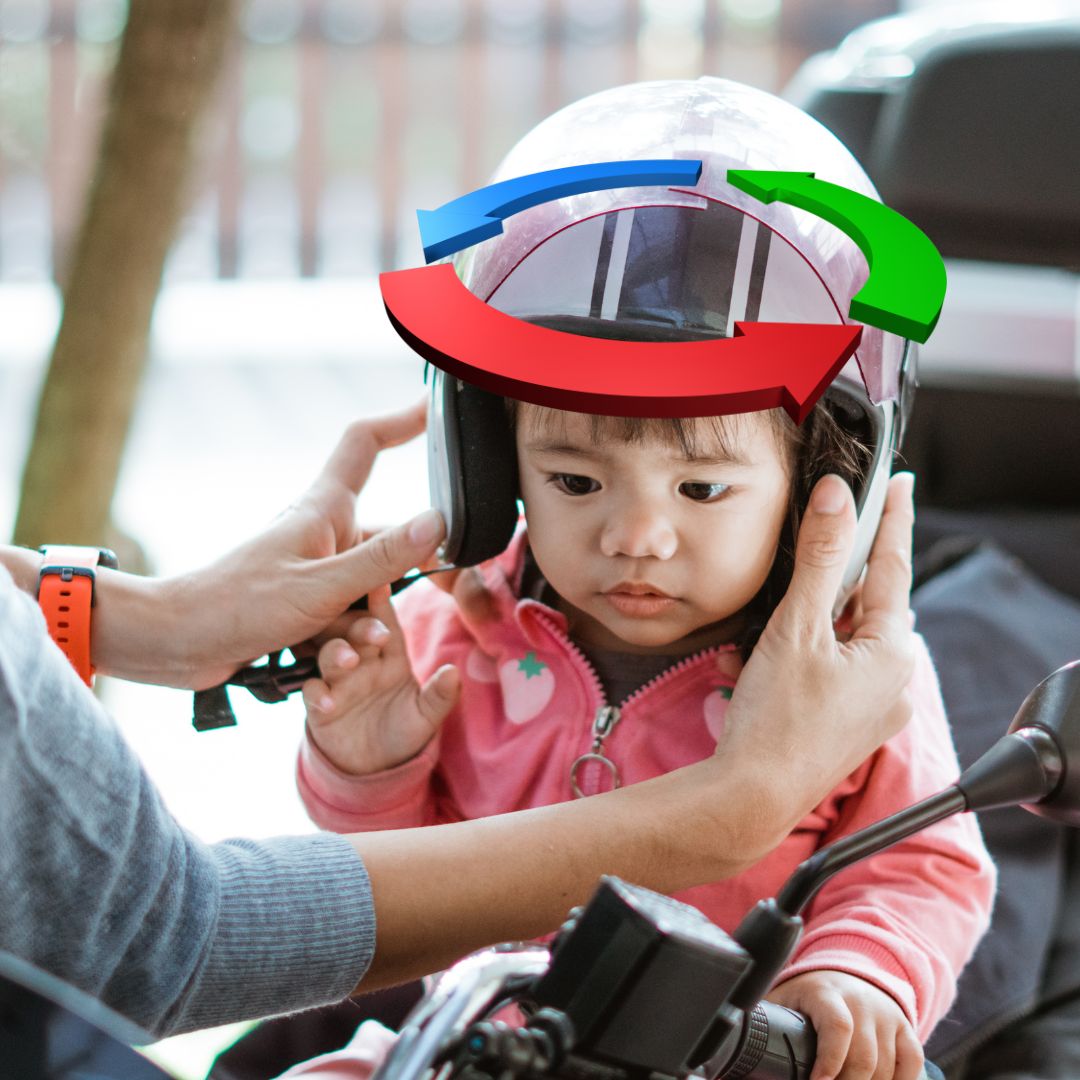
Published: 3 October 2023
Updated: 24 March 2025
You’ve got your motorcycle and you’re ready to ride—but do you know the ideal RPM (Revolutions Per Minute) for your bike?
Understanding the right RPM range can enhance your ride, making it thrilling, efficient, and safe.
This guide covers how RPM affects performance, when to shift gears, fuel efficiency, and more.
Let’s dive in!
What RPM Should I Ride My Motorcycle At?
The ideal RPM range for most motorcycles is 2,000 to 3,000 RPMs while cruising. This 'Goldilocks zone' balances power, fuel efficiency, and engine longevity, though it varies by bike type and conditions.
Why RPM Matters
RPM, or Revolutions Per Minute, measures how hard your engine is working—it’s like your bike’s heartbeat.
Getting it right ensures a smooth ride, better fuel efficiency, and a longer engine life.
Understanding Motorcycle Engines
RPM reflects the engine’s speed, and keeping it in the right range prevents strain.
Proper RPM management can boost your bike’s performance.
Reading the RPM Gauge
Your tachometer shows RPMs—watch for the 'redline,' which marks the maximum safe engine speed.
General RPM Guidelines

The ideal cruising RPM for most bikes is 2,000 to 3,000—this 'Goldilocks zone' balances power and efficiency.
A good rule of thumb is to ride at half your bike’s maximum RPM, often 3,000 to 8,000 RPMs, depending on the model.
When to Shift Gears
Shift gears between 4,500 and 7,000 RPMs for most bikes, listening for a high-pitched engine sound as your cue.
Related: 5 Mind-Blowing Facts About Dirt Bike Gears
RPM and Motorcycle Speed
Higher RPMs increase speed but strain the engine—balance is key.
Proper gear selection ensures you maintain optimal RPMs without overworking the motor.
Fuel Efficiency and RPM

Riding in the ideal RPM range (2,000-3,000 RPMs) can improve fuel efficiency, saving you money.
It also reduces engine wear, extending your bike’s lifespan.
Riding Techniques for Optimal RPM
Smooth throttle control, proper clutch use, and timely gear shifts help maintain the right RPM.
Related: How Many Miles Do Motorcycles Last?
Safety and RPM
Riding at the correct RPM reduces the risk of engine failure, enhancing safety.
Extreme RPMs—too low or too high—can strain the engine and compromise performance.
RPM by Motorcycle Type
Different bikes have unique RPM needs based on their design and purpose.
- Sport Bikes: Thrive at 7,000-10,000 RPMs for peak power, but warm up first.
- Cruisers: Best at 2,500-4,000 RPMs for smooth, relaxed rides.
- Adventure Bikes: Perform well at 4,000-6,000 RPMs for versatility.
- Touring Bikes: Operate efficiently at 3,500-5,500 RPMs for long-distance comfort.
- Dirt Bikes: Run at 6,000-9,000 RPMs for off-road power.
Check your bike’s manual for specific recommendations.
Conclusion
Riding at the right RPM—typically 2,000-3,000 RPMs for cruising—optimizes power, safety, and efficiency.
Monitor your tachometer, adapt to conditions, and enjoy a smoother, safer ride!
FAQ’s
Is it bad to rev my motorcycle engine while stationary?
Yes, revving while stationary can cause unnecessary wear on the pistons since the engine isn’t under load.
Do different motorcycle brands have unique RPM ranges?
Yes, brands and models vary—check your bike’s manual to understand its specific optimal RPM range.
How do riding conditions affect RPM?
Steep inclines, slippery roads, or high altitudes may require higher or lower RPMs to maintain performance.
Is there a break-in period for new motorcycles?
Yes, new bikes need a 500-1,500-mile break-in period—keep RPMs lower to ensure proper engine sealing.
How does RPM impact fuel efficiency?
Riding in the ideal RPM range (2,000-3,000 RPMs) reduces fuel consumption and engine strain.
Ready to Ride? 🚀
Loved our 2025 guide on motorcycle RPMs?
Explore more at RiiRoo.com or chat live with us!








Share:
How to Start A Motorcycle on a Hill
How To Adjust Engine Idle Speed In A Motorcycle